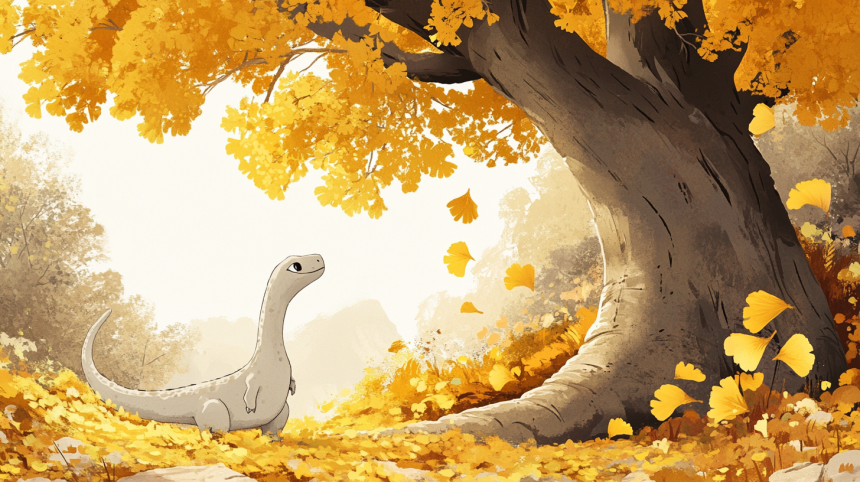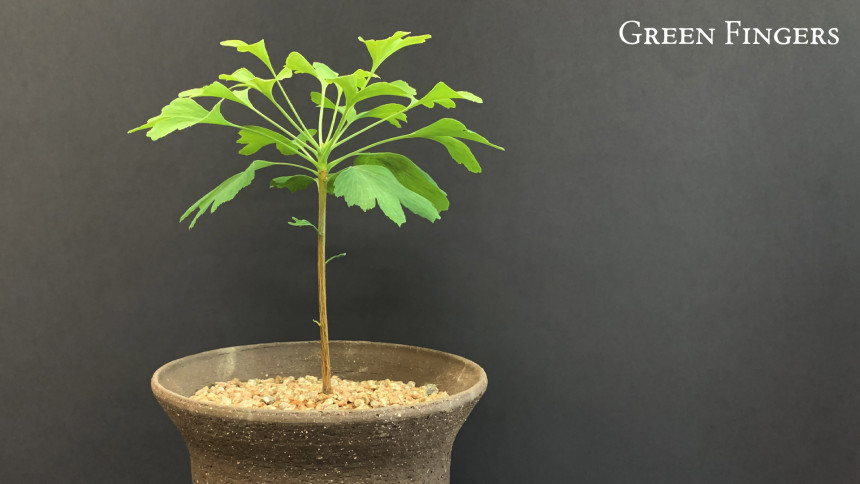



매일 블로그에 기록한다는 것이 절대 쉬운 것이 아니네요. 마음만은 매일 1개씩 양질의 콘텐츠로 꽉꽉 채워서 업로드 하고 싶은데 쉽지 않습니다.
하지만 하나씩 누적하여 업로드 하다보면 어제보다 오늘, 오늘 보다 내일 더 낳은 콘텐츠로 찾아뵐 수 있을거 같습니다.
저는 그동안 포스팅을 2개하면서, 2개의 천연기념물을 암기하게 되었습니다. 제8호 서울 재동 백송과 제9호 서울 조계사 백송, 대단하지 않습니까? 오늘은 바로바로 제30호 경기 용문사 은행나무입니다.
용문사 은행나무 많이는 들어봤는데 요리조리 뜯어 보는 것은 오늘 처음입니다.
스펙은 아래와 같습니다.
이름 : 경기 용문사 은행나무(암나무)
나이 : 11,000년
지정일 : 1962년 12월 07일 (천연기념물 제30호)
서식지 : 경기도 양평군 용문면 신점리 626-1번지
은행나무는 공룡이 멸망하기 전에. 판다가 대나무 뜯어 먹듯, 공룡이 먹던 나무라고 하네요. 공룡과 함께 멸망하고 지금은 한 품종은 남아 아시아 지역에 명맥을 유지하고 있으며, 한국에 가장 오래된 나무 11,000살의 용문사 은행나무라고 하네요.
ⓒ 그린핑거스 아키텍터 유전자숲
Writing a blog every day is definitely not easy. While I wish to upload high-quality content every day, it's a challenge to do so consistently.
However, as I continue to accumulate and upload content bit by bit, I believe I will be able to offer better content tomorrow than I did today. So far, I've made two posts and managed to memorize two natural monuments: Seoul Jaedong Baeksong, Natural Monument No. 8, and Seoul Jogyesa Baeksong, Natural Monument No. 9. Isn't that impressive? Today, I'm going to introduce you to Natural Monument No. 30, the Ginkgo Tree at Yongmunsa Temple in Gyeonggi Province.
I've heard a lot about the Yongmunsa Ginkgo Tree, but today is the first time I've really looked into it.
Here are the details:
Name: Ginkgo Tree at Yongmunsa Temple (Female Tree)
Age: 11,000 years
Designation Date: December 7, 1962 (Natural Monument No. 30)
Habitat: 626-1 Sinjeom-ri, Yongmun-myeon, Yangpyeong-gun, Gyeonggi Province
The ginkgo tree existed even before the dinosaurs became extinct. Just as pandas eat bamboo, dinosaurs used to eat ginkgo trees. Although the dinosaurs went extinct, one species of ginkgo has survived and continues to exist in Asia. The oldest tree in Korea is the 11,000-year-old Ginkgo Tree at Yongmunsa Temple.
ⓒ Greenfingers Architect DNA Forest
